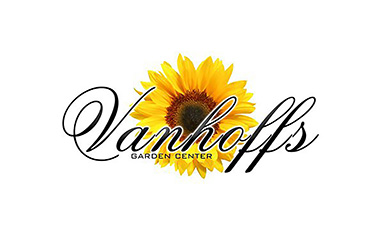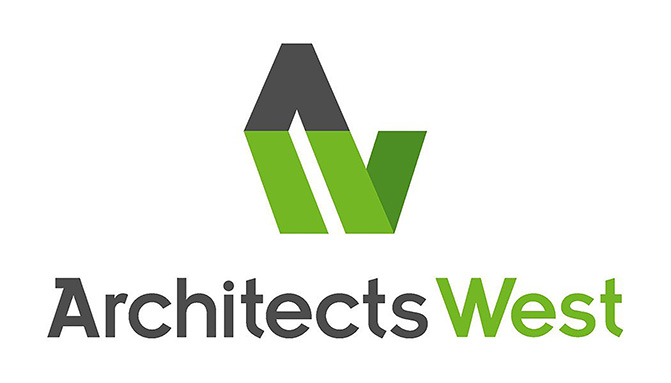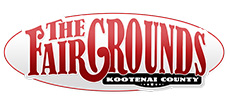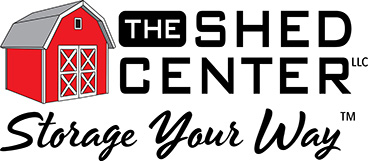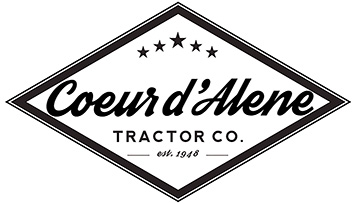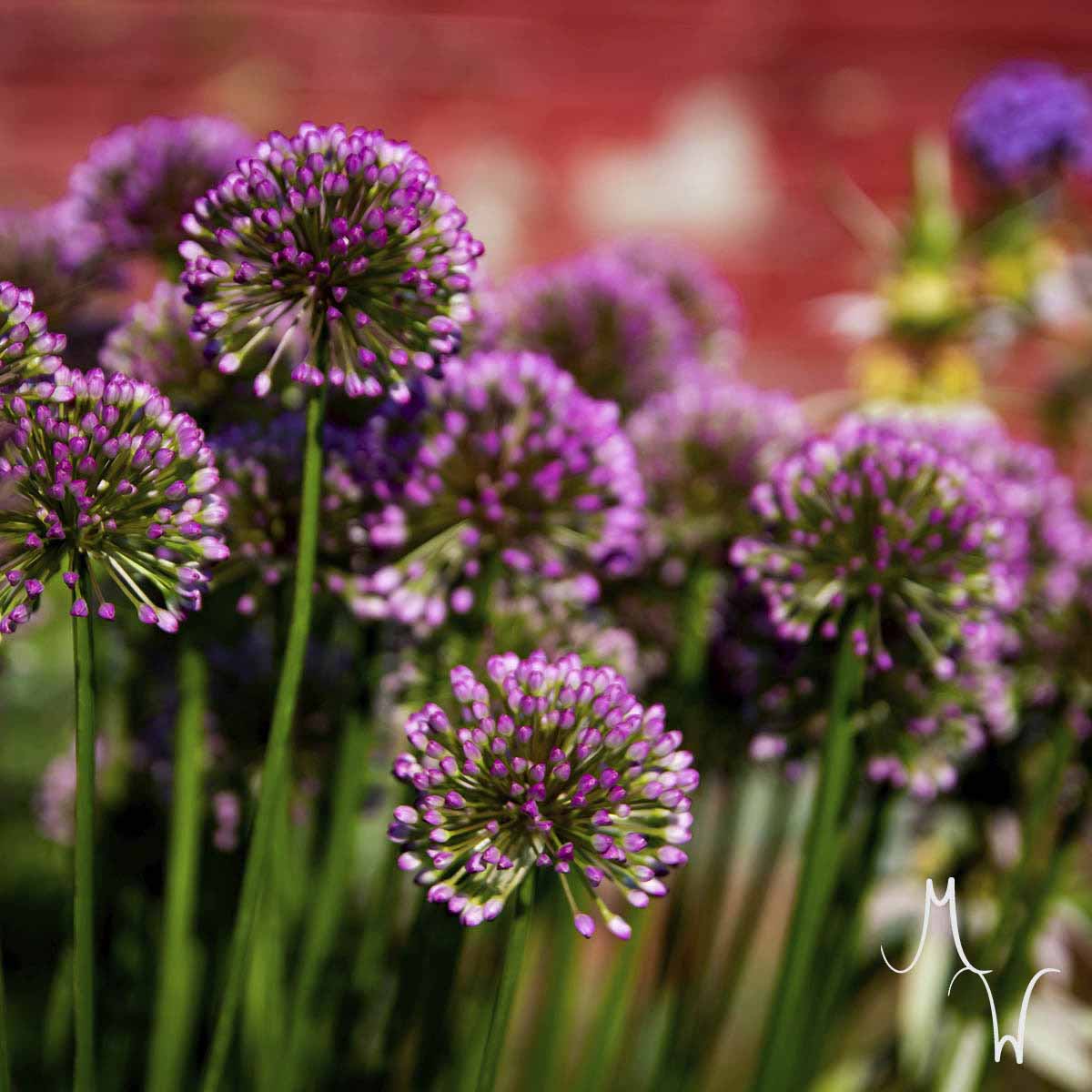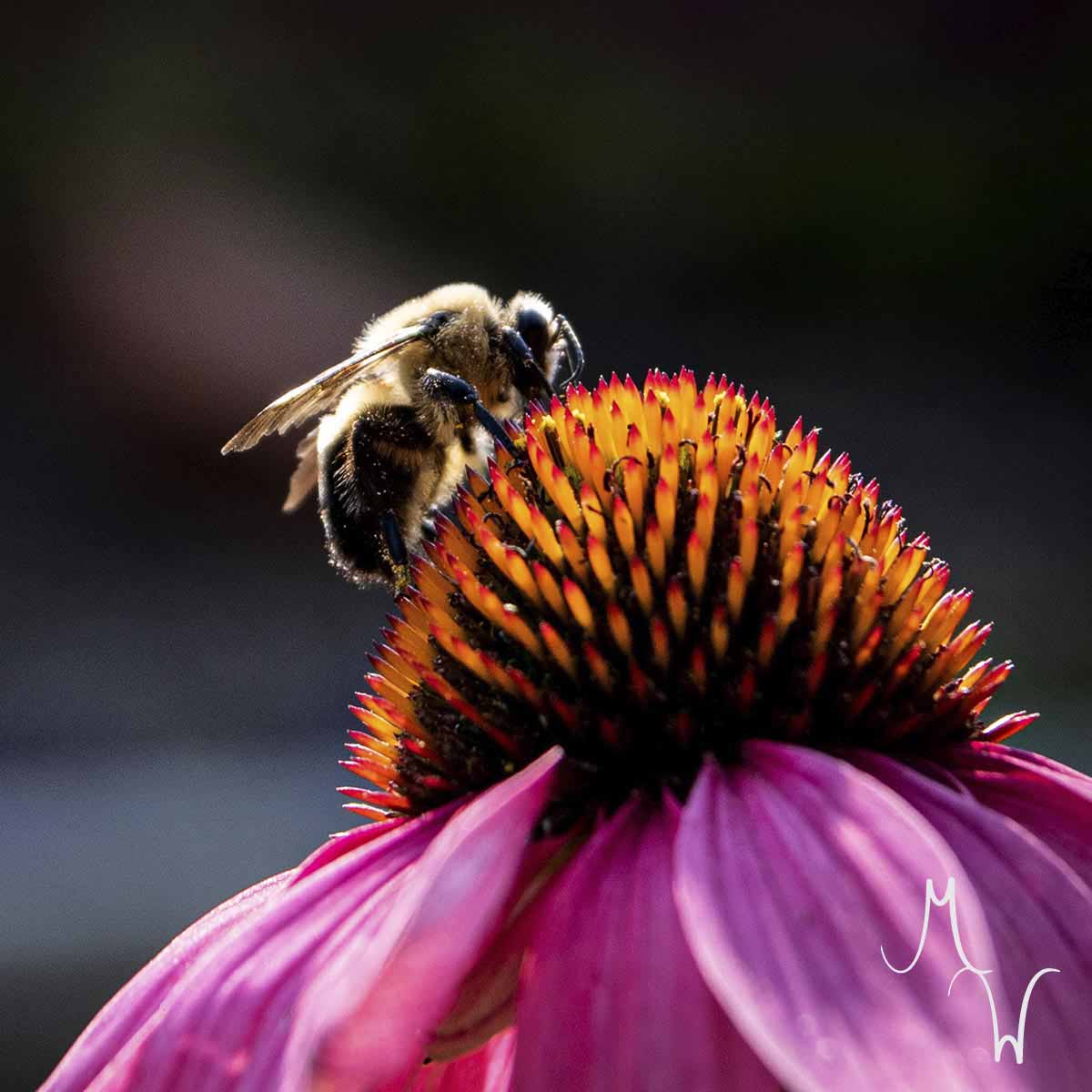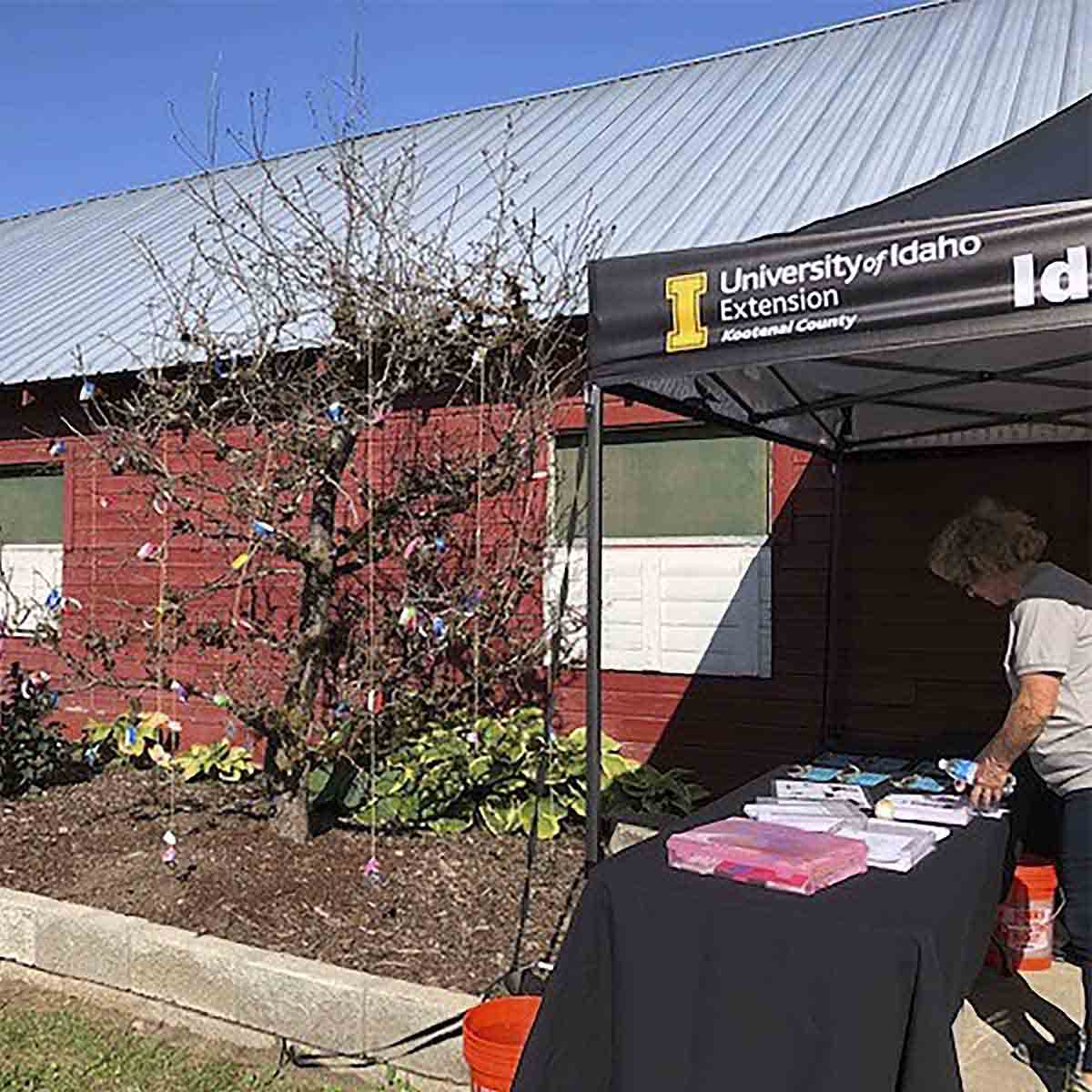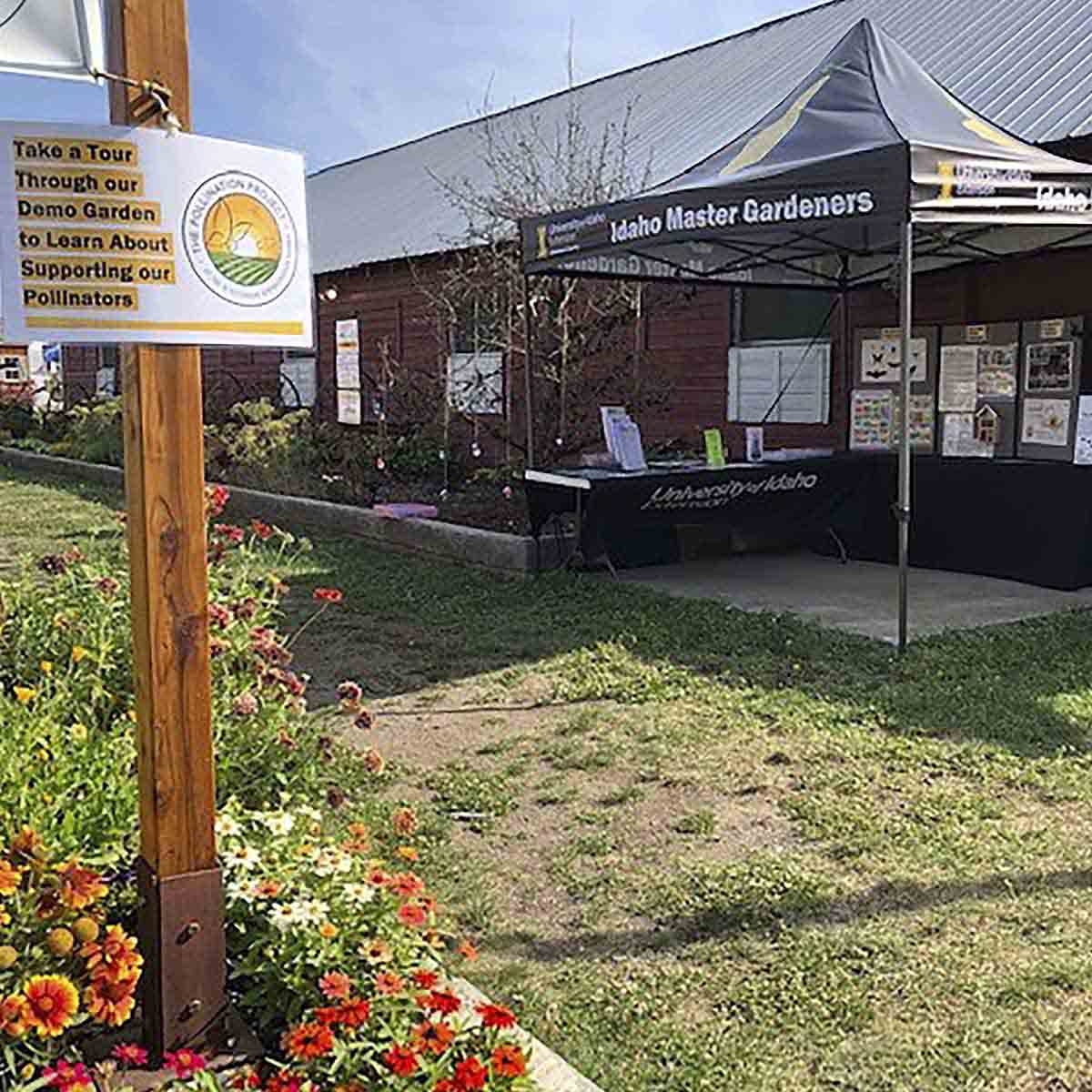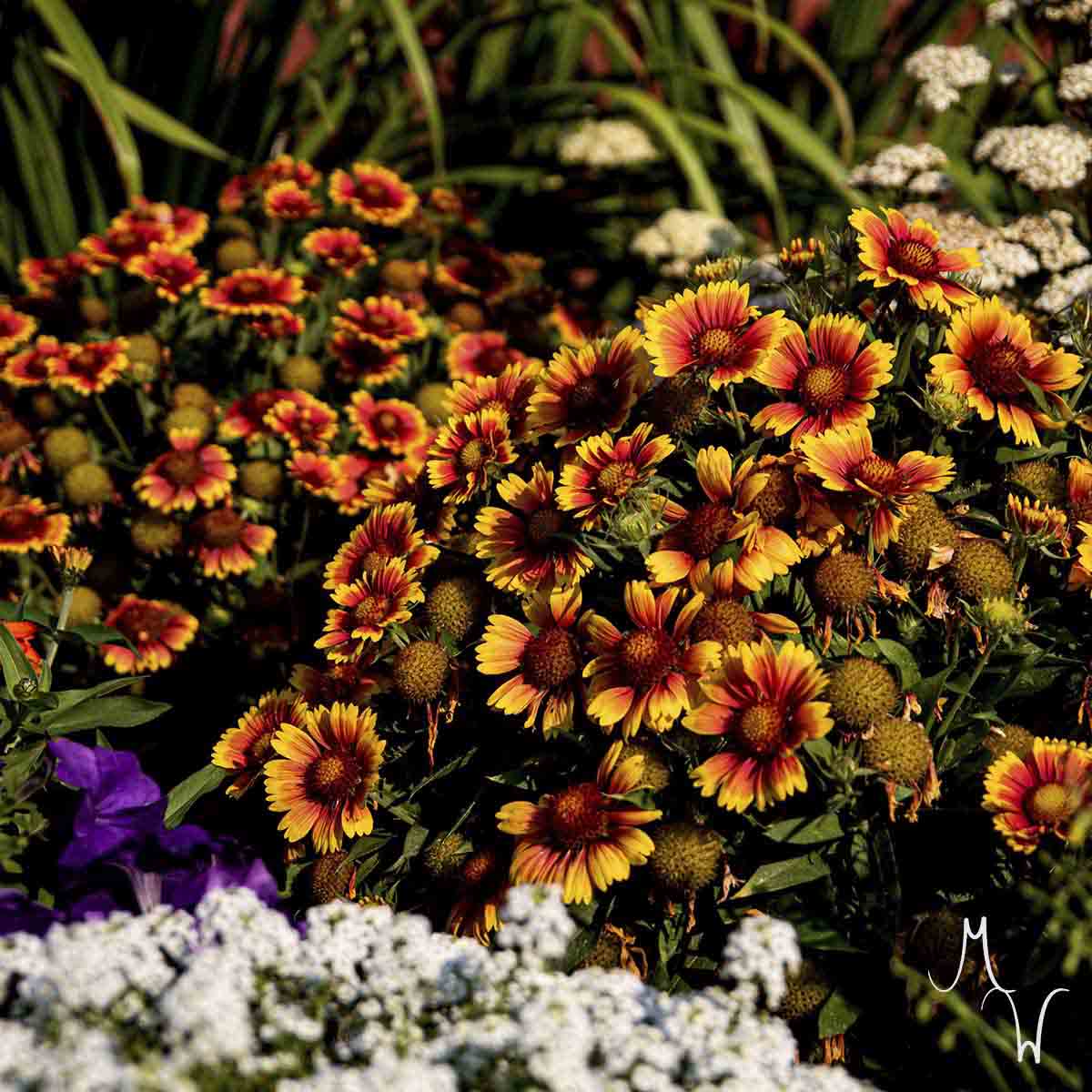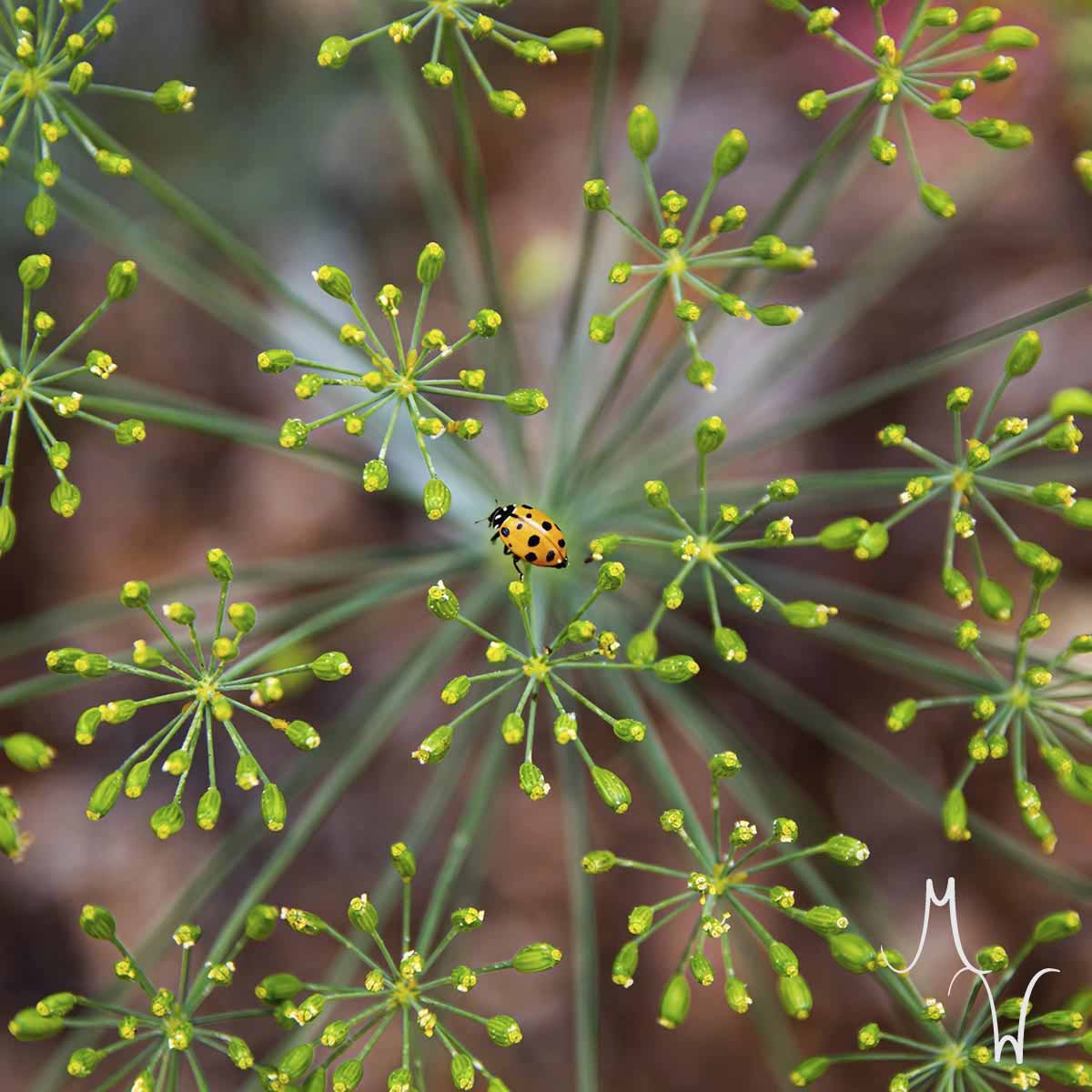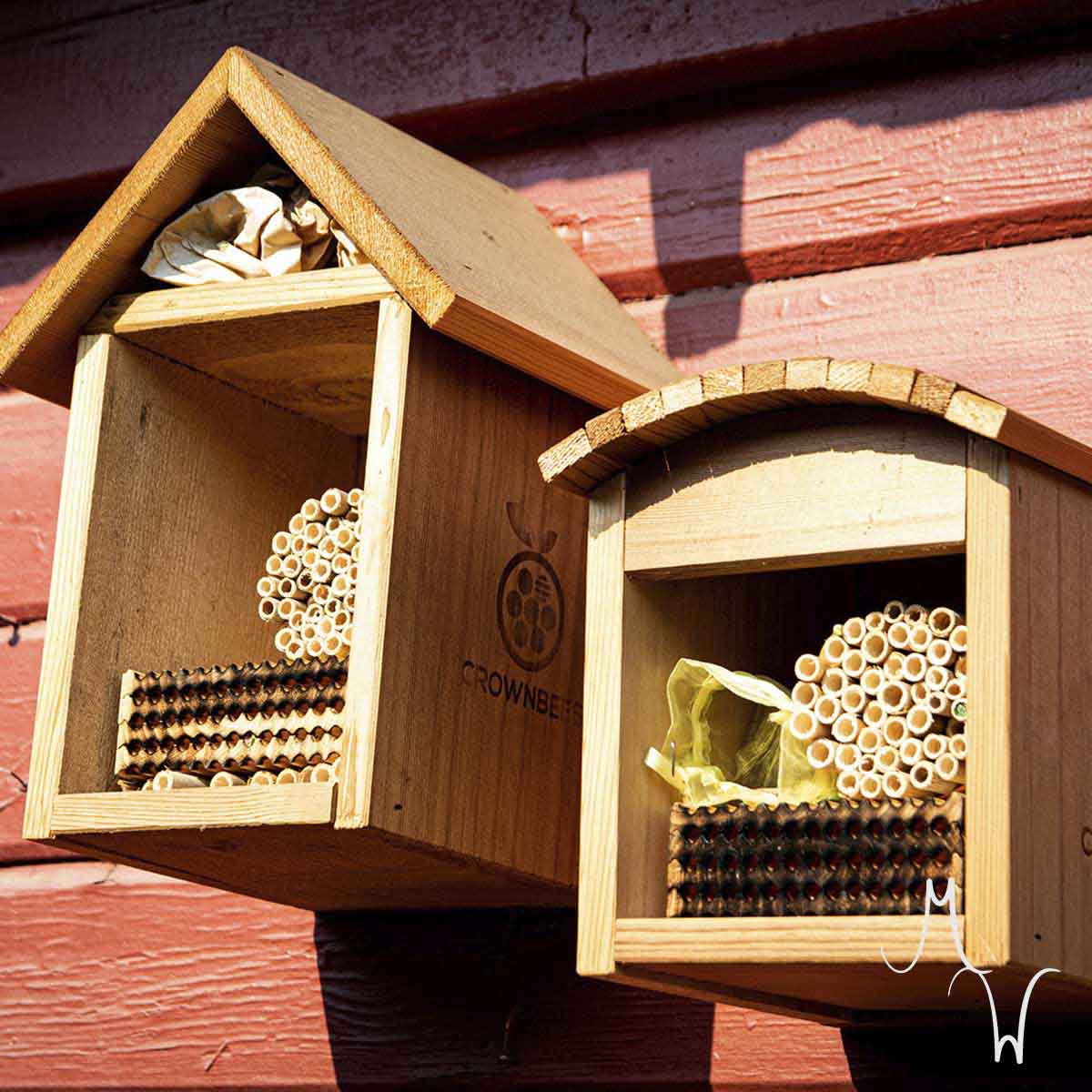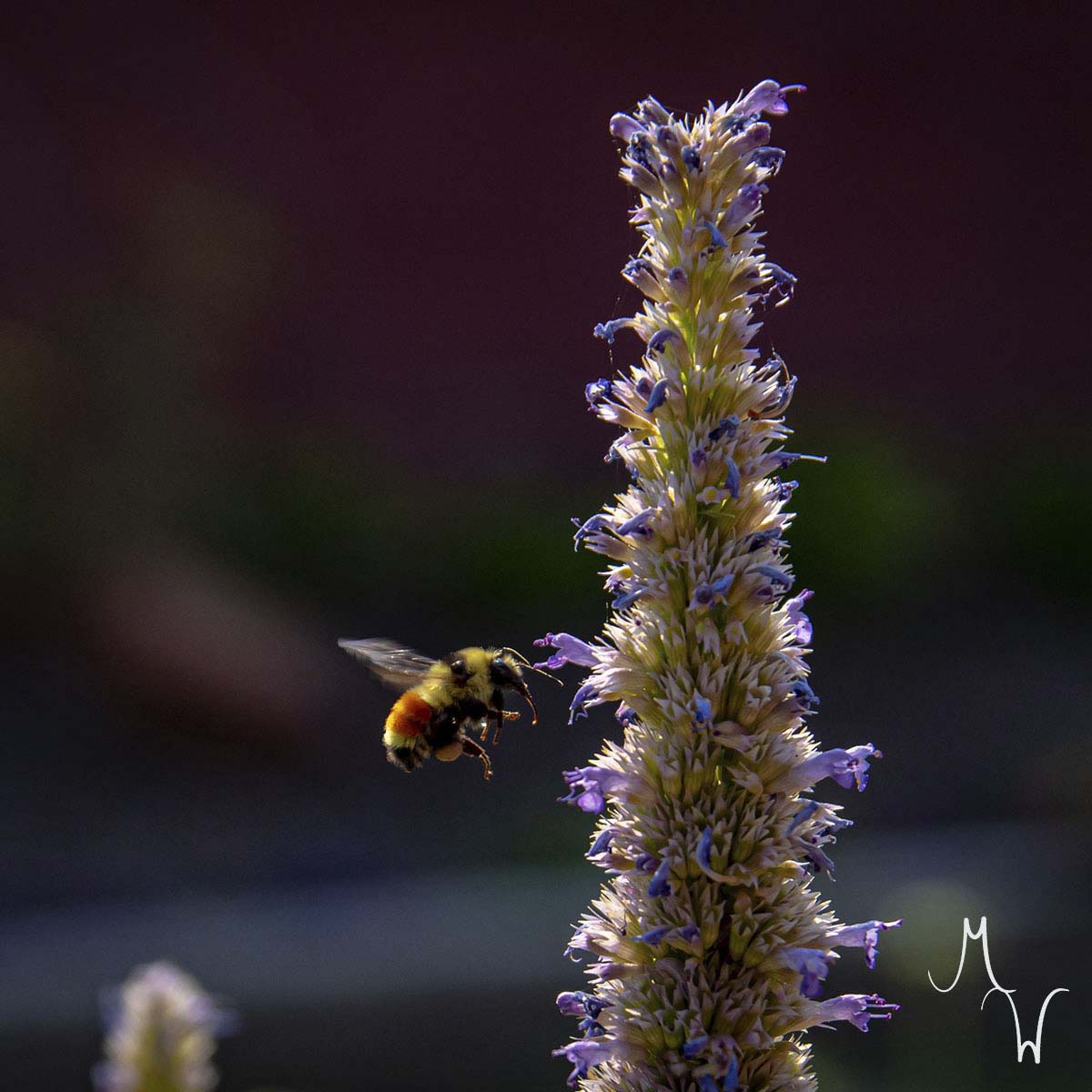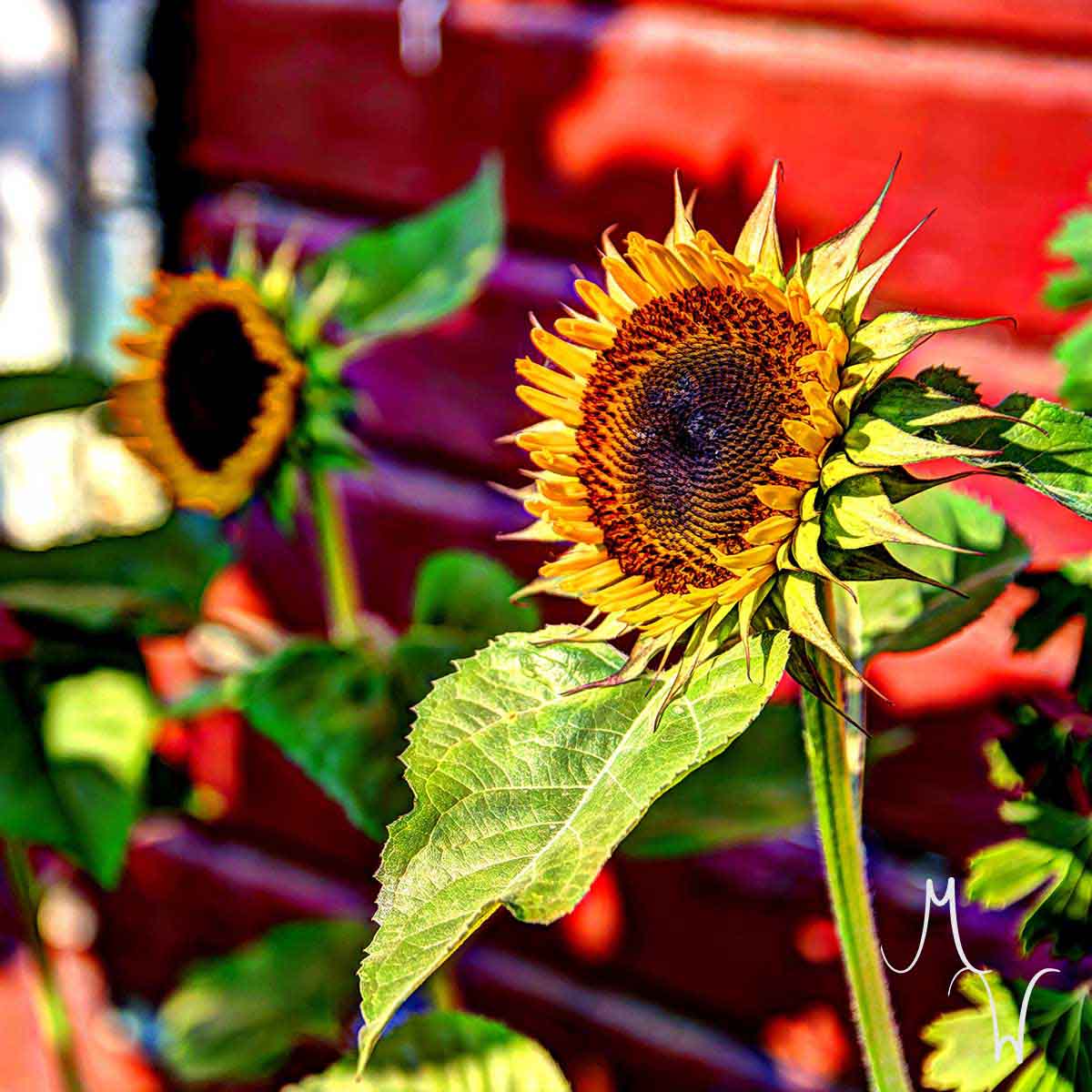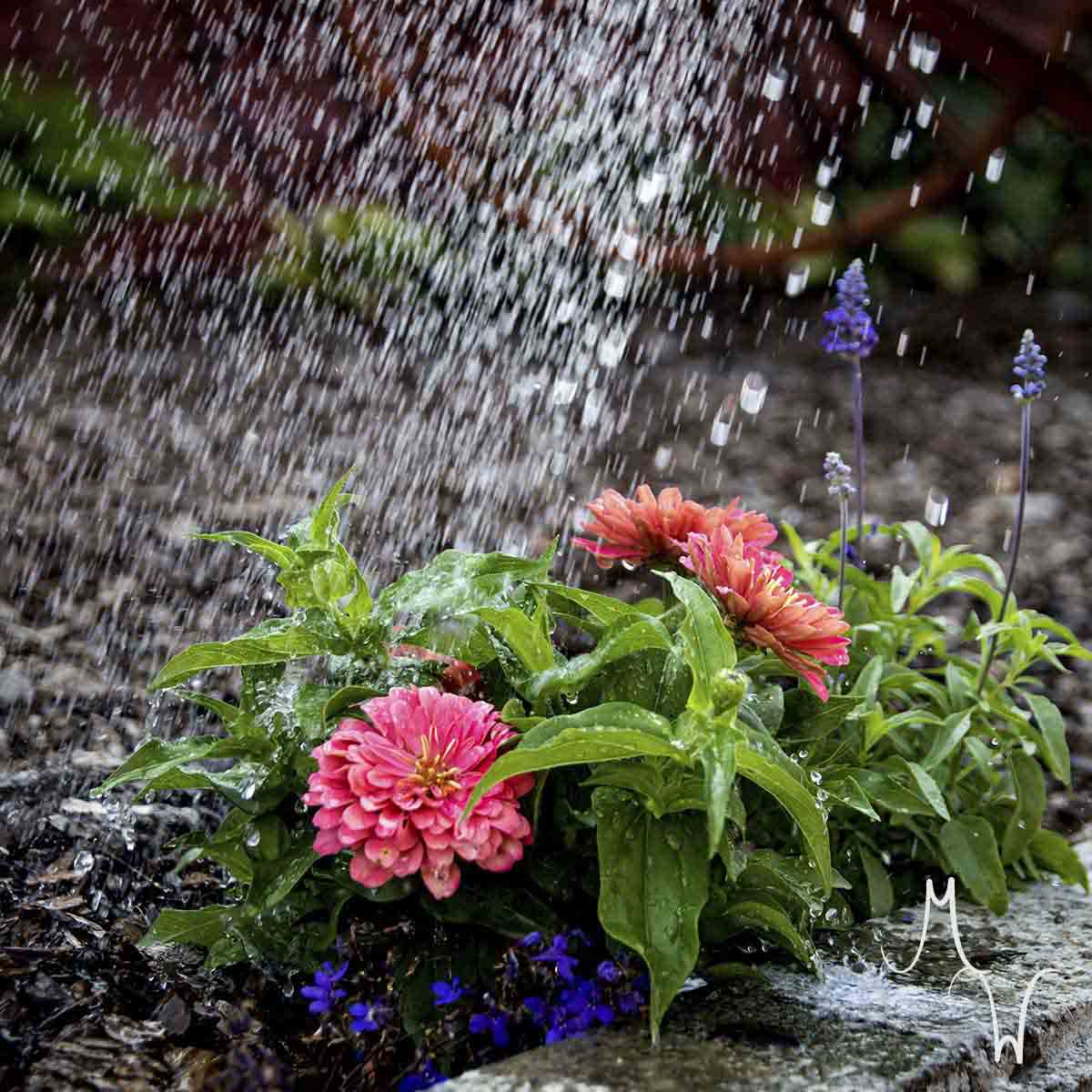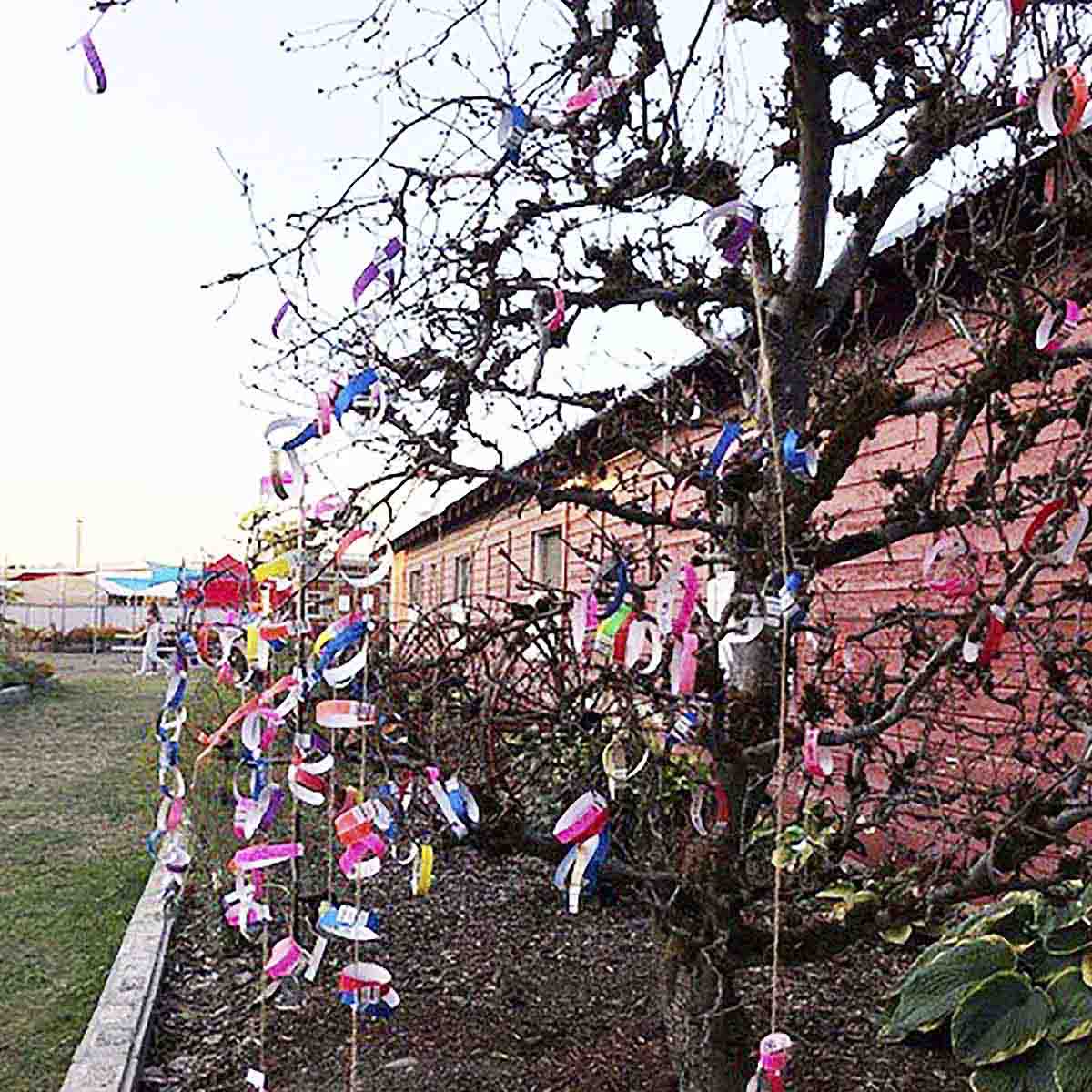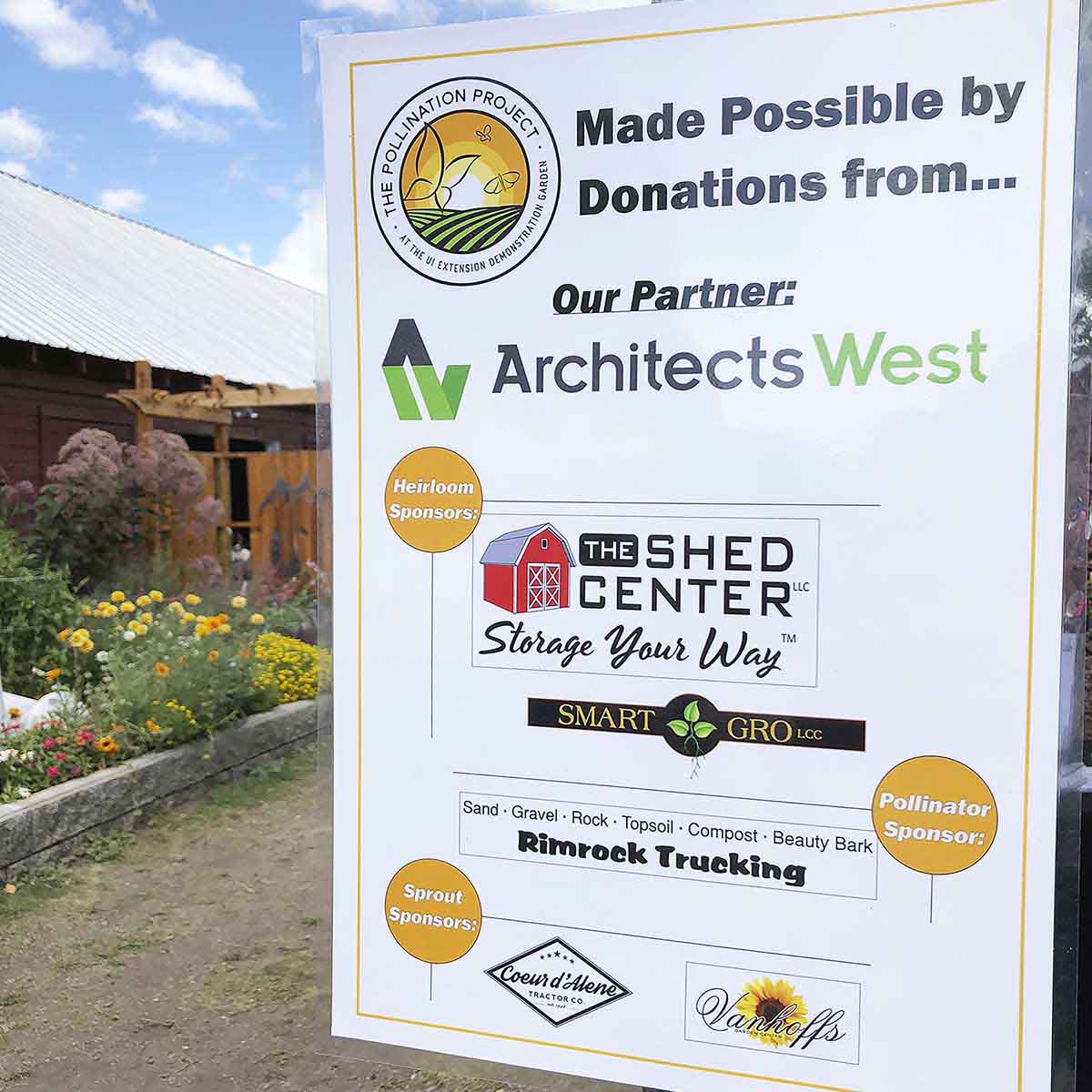The Pollination Project and U of I Demonstration Garden
Our Mission
The Pollination Project and University of Idaho Demonstration Garden inspires and educates our region about pollinators and ecosystems present in healthy, innovative gardens and landscapes.
We accomplish this mission through education and demonstration about who our pollinators are, what habitats they need and how to provide them with necessary resources of food, shelter and protection while creating healthy landscapes and gardens that are beautiful and practical. Our garden shows you how to combine regionally native, nearly-native and non-native plants and shrubs to support these pollinators. Our plants are from local nurseries, many are native to the western U.S., and some are locally native to Northern Idaho, the nearby region or from a line of nearly-native plants named Native Roots (originally bred at U of I).
A Guide to Native and Nearly-Native Plants
Our garden elements and plants are labeled and guide you through environmentally supportive, biodiverse and resilient plant selections. Through color palette displays and plant labels, The Pollination Project shows you how to integrate plants you find in local nurseries with native and nearly-native plants in beautiful and useful designs. See “Plants in Our Garden” below for how to identify and explore our plants.
Reducing Pesticides Demonstration
Each year, a rotating display area in our garden shows you vegetable gardening techniques that reduce or eliminate the use of pesticides. We use many easy and affordable tools to fool pests. You can see them in action in our garden and use them to adapt your own practices to better support the larger ecosystem we call home. We also display our favorite vegetables bred here in Idaho. Our entire garden promotes best practices to continue environmental stewardship of our soils, waterways and the beautiful community we live in.
A Haven for Native Bees
In our garden, you will see different types of nesting materials and houses for native bees. In the spring, we raise Osmia lignaria, native blue orchard mason bees, and in the summer, you will see native leafcutter bees nesting. We also participate in the Native Bee Network where volunteers place special houses and nesting materials throughout the community in order to attract cavity nesting pollinators. This allows us to observe and collect information about which native bees and beneficial wasps are in our area.
More About Pollinators and Our Project
Our Program Priorities for This Garden:
- Educating about supporting native bees, honeybees, and other pollinators so they can thrive in home and community landscapes.
- Promoting the conservation of native species and encouraging them in our landscapes.
- Teaching current research-based practices about horticulture to adults and youth.
- Promoting the use of sustainable techniques for growing food.
- Promoting water-wise gardening and landscape practices to support our natural resources and minimize polluted runoff into our waterways.
- Promoting best practices to continue environmental stewardship and helping create resilient landscapes that are adaptable to changing weather conditions.
Explore the Plants in Our Garden
Key to Labeled Plants in our Garden
 Low Water Use Once Established
Low Water Use Once Established Medium Water Use Once Established
Medium Water Use Once Established High Water Use
High Water Use Provides Pollen and/or Nectar to Pollinators* See Note
Provides Pollen and/or Nectar to Pollinators* See Note Blooms in the Spring
Blooms in the Spring Blooms in the Summer
Blooms in the Summer Blooms in the Fall
Blooms in the Fall Is a Host Plant for Pollinators** See Note
Is a Host Plant for Pollinators** See Note- W U.S. Native to the Western U.S.+ See Note
- LN Local Native to Northern Idaho and Nearby Region++ See Note
 Native Roots line of plants bred by U of I. Available from area nurseries. Ask for specifics.
Native Roots line of plants bred by U of I. Available from area nurseries. Ask for specifics.
Notes for Key
*Pollen provides protein; nectar provides carbohydrates. These are the primary food sources for the adult stages.
**Host plants serve as necessary food and nesting sites for the insects you are inviting in. Caterpillars have limited food sources. Without caterpillars, there are no butterflies.
+, ++Our definition of “native” in this garden applies to these locations.
The Pollination Project and Demo Garden are supported by volunteers and donations. We invite you to partner with us.
Any donation made to this project is tax-deductible. Download our donation form and return it to our office with a check or cash — address and payable information on the form. The Idaho Master Gardeners do not share information with anyone, and we limit our communication to what you have requested.
Support Pollinators in Your Landscape and Garden!
- Choose plants native to our region. Integrating plants that have evolved with local, native insects will make your garden a favorite for pollinators. Choose natives that support the entire food web.
- Choose flowers rich in nectar and pollen in a variety of shapes, sizes and colors. Each pollinator has its own technique for sourcing food. Some have varied lengths of tongues; some access different flower shapes and sizes.
- Avoid a monoculture of modern hybrids. Plant to your liking, just know hybrid plants are created for showy flowers and during the breeding process, pollen and nectar (or access to it) may be compromised.
- Have several different plants in bloom from early spring through late fall. Overlapping bloom times ensures there is always something in bloom.
- Cluster flowers when planting. Group three or more of the same flower in a cluster to increase visibility.
- Avoid landscape fabric and mulch in some areas. Dry soil creates habitat for ground nesting pollinators.
- Save garden clean up for spring. Support all stages of life for insects. Keep leaves in piles for butterflies, beetles and moths. Prune only seed heads allowing cavity nesting bees to overwinter in hollow plant stems.
The Idaho Master Gardeners Annual Horticulture Series
Fun facts about some of our native pollinators:
- Did you know there are around 4,000 species of native bees in the U.S.? Six hundred of those native species are right here in northern Idaho. They nest in cavities (plant or twig stems) in the ground or in correct nesting materials we place for them. Our Demo Garden and classes teach you about these fascinating insects and how you can keep native bees in your own landscapes to increase your pollination and support pollinators. Our garden is currently raising native bees for our educational programs, outreach and classes.
- Did you know hummingbirds feed every 15 minutes? They visit around 500 flowers a day, pollinating as they go. Our garden shows you our favorite plants for some of our favorite pollinators.
Please select a logo to visit our sponsors. Tell them you saw them here and appreciate their donation.







